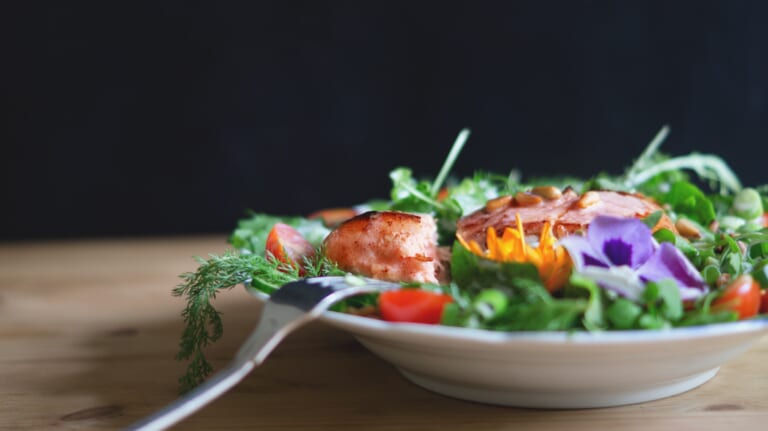How To Include Less Artificial Food in Your Diet
Spotting the difference between natural sustenance and artificially manufactured food can be as challenging as walking a tightrope when navigating the supermarket aisles. Thankfully, you can tip the scales in favor of wholesomeness with a smidgen of knowledge and a dash of determination. This blog offers ways to navigate the aisles and look for foods that contain less fake ingredients. Here’s how to include less artificial food in your diet for a more wholesome you.
Start With Awareness
The first step toward minimizing artificial food in your diet is to cultivate an understanding of what these types of food entail. Artificial foods typically have additives, preservatives, and other chemical ingredients designed to enhance flavor, improve texture, or extend shelf life. Being mindful of food labels is key. Ingredients listed that sound like they belong in a chemistry lab rather than your pantry are usually a red flag. So, steer clear—your body isn’t a test subject!
Decode Labels
Scrutinize the ingredient list before making a purchase. But hold on—even if the label only lists a few ingredients, it doesn’t always mean they’re natural. Glance at the label and search for phrases like “no artificial flavors,” “no synthetic colors,” or “preservative-free.” As you learn to decode the label of your chosen food, you may find that these products are closer to their natural state. Go ahead and look up each ingredient while browsing the aisle if you’re still unsure.
Shop the Perimeter
Most supermarkets house processed food in the central aisles, while fresh produce, meats, and dairy surround the perimeter. Make the outer edges your primary hunting ground, and you’ll return home with a bounty of foods in their least adulterated forms.
Seek Certifications
A helpful tip for those hooked on natural goods is to look for reliability clues on their labels, especially if buying in large quantities. For instance, honey is a beloved food that some producers mix with unnatural ingredients. Look for certification labels on honey when buying bulk. These certifications show that the honey harbors no contaminants, such as unnecessary processing or additives.
Home Cooking
Meal preparation at home affords you complete control over what goes into what you eat. It’s easier to avoid the sneaky addition of artificial ingredients rampant in takeaway and restaurant offerings. Develop a repertoire of simple, quick recipes and relish the process of cooking as much as the eating. Side note: Glance at the ingredients even when you’re buying frozen food—if it doesn’t list at least six grams of fiber, skip it! Or, add in more vegetables to make it more wholesome.
Transition Slowly
We form habits over time, rooting them deep in our subconscious. Therefore, a gradual shift toward eating fewer artificial foods is more sustainable than a radical overnight overhaul. Start with one meal, or even one ingredient at a time, and progressively build up to a cleaner diet.
Integrating these steps can indeed curve the trajectory toward a diet lower in artificial ingredients. Coupled with the myriad health benefits that accompany mindful eating, such as improved energy levels and better digestion, the effort to include less artificial food in your diet is a commendable pursuit on the path to wellness. After all, food is not solely about satiety. It’s a nourishing experience best served in its purest form.







